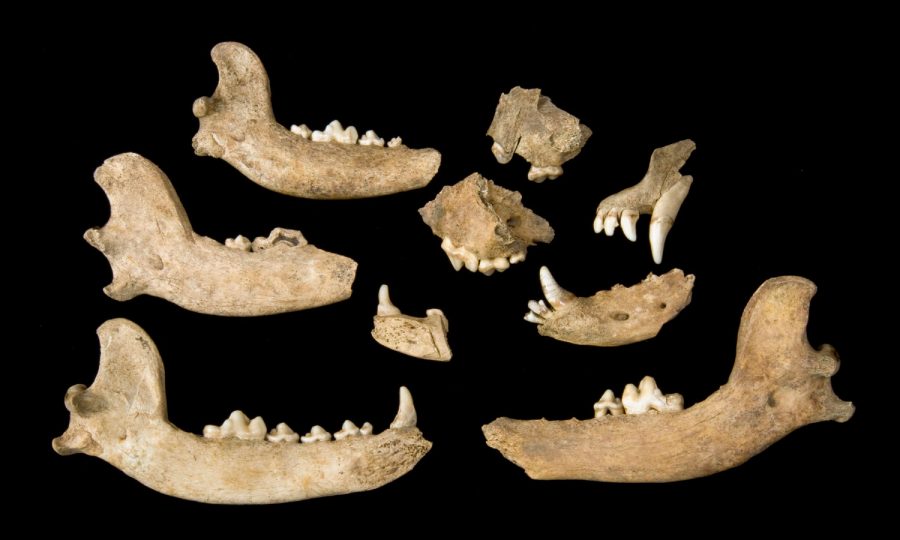UI researchers find Indigenous dog lineages at Jamestown
Through DNA sequencing, archeologists confirmed the remains belonged to ancient North America dogs rather than of European descent.
January 25, 2023
A team of UI archeologists extracted DNA from dog remains found at an early settlement in Jamestown, Virginia, that revealed links to an Indigenous dog lineage.
Jamestown is a historic site in east Virginia. Historic Jamestown is home to the ruins of the first permanent English settlement in North America that was established on May 14, 1607.
Matthew Hill, associate professor of anthropology at the University of Iowa, said researchers initially went to Jamestown to find European dog DNA.
“ [European colonists] brought greyhounds, they brought mastiffs and very likely bloodhounds. These are clear European breeds,” he said. “The analysis revealed that it was entirely Native American dogs.”
This is the first time evidence has ever been found that Indigenous dogs resided at Jamestown in the 17th century.
RELATED: Research into southeast Iowa site locates hidden history
The Jamestown research has been going on for around 4 to 5 years, but has been specifically active in the last year and a half. The UI collaborated with Jamestown Rediscovery for the dog remains as well as the University of Illinois to help sequence the DNA.
Ariane Thomas, a doctorate student at the UI who used the research for her dissertation, said the university worked on a large portion of the project.
“We did all of the analysis of the sequences, the construction of the sequences and then the analysis and the write-up of the work,” she said.
Thomas described the UI’s motive for dog lineage research in two parts.
“Sometime between the first Europeans arriving into North America until now, we’ve seen a large loss in indigenous North American and South American dogs,” she said. “We really wanted to get at when that would happen, or how that would happen.”
Another part of the research, Thomas explained, is designed to explore the transition of early European dogs into today.
“If there is a lineage that exists today that we can actually identify in the past, that is something that we’re interested in,” she said.
Thomas said she considers the research necessary because it unveiled a history of European colonization that isn’t explicitly discussed.
“We don’t really think about dogs when we’re thinking about European colonization, so it gets at how people were interacting with their dogs a little bit more,” she said. “Also, it brings to light just the connectedness between indigenous Virginians and English colonists.”
The researchers are looking forward to carrying out the next steps in this project, she said.
“We would like to sequence more Jamestown dogs if possible, and there’s a couple where we think that they may have European lineages based on the morphology,” Thomas said.
In the future, the researchers said they want to look at autosomal DNA, another form of DNA in the dog bones that is harder to get at in ancient DNA, that will tell them their full ancestry.
Additionally, they said they also hope to look at dogs from later European colony sites such as Williamsburg, several plantations in Virginia, and Northeastern sites to see how these dogs would compare.
Hill said an important part of these conclusions is the constant advancement of archeological remains.
“These bones were excavated years and years ago,” he said. “Even though they may be very old themselves, the collections still have opportunities with new techniques or new questions to advance this kind of science.”



